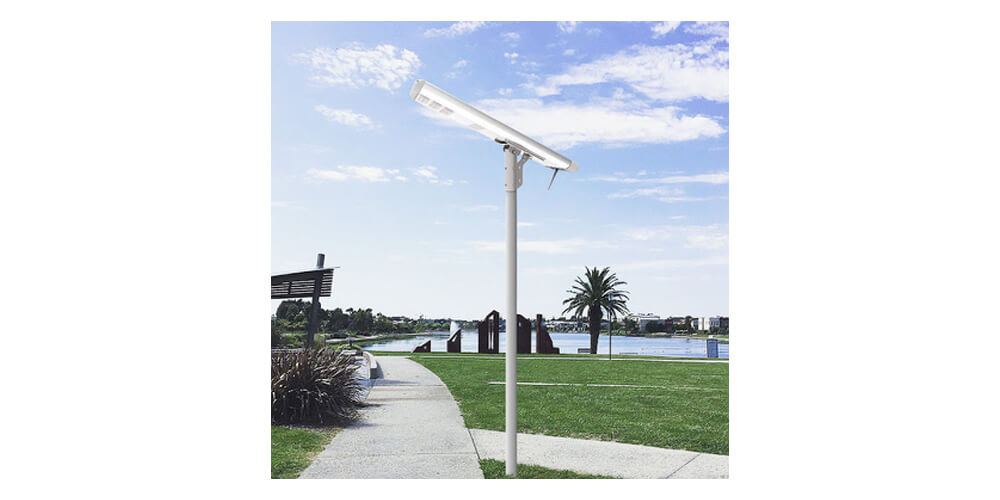Every day, streets are used by pedestrians and vehicles. They have a way of making passage and movement pretty easy and orderly for users. When it is dark, street lights are used to illuminate these passages with light. This makes the passage less precarious for the users. According to a trusted solar street light manufacturer, it is important to understand the components of a solar system before purchase.
A solar street lighting is a lamp mounted on a pole specifically for outdoor lighting. The device is supposed to offer lighting for a street to allow you and others to use the passage comfortably.
Solar street lights come in different types and shapes. But, they operate with the same concept.
Here are the top features of these lights
The panel of the solar is one of the essential items of the device. It plays the role of converting solar energy into electricity.
That said, there are two primary types of solar panels.
· Mono-crystalline
· Poly-crystalline
The difference lies in the rate at which they convert light into electricity.
The Rechargeable battery
Every solar street light comes with a rechargeable battery that stores electricity from the panel at daybreak.
The battery emits energy to the device at night. The battery’s life cycle is important to the entire shelf life of the machine as it will affect the backup program for days.
Usually, solar street lighting comes with two battery types- the Gel Cell and Lead Acid Batteries.
The controller, just as its name suggests, plays a crucial role in the operation of the street light. It decides which of the switches should power on the solar street light. Some of the modern controllers are programmable. This enables the user to decide the viable change of charging and dimming.
One of the most prominent solar controllers is Germany Phocos.
The lighting fixture
LED is often used as the major lighting source for the modern solar street light. This is because it has a way of providing higher lumens coupled with lower energy consumption.
The consumption of energy in LED fixtures is about 50 percent lower than that of the HPS lighting fixture that is often used as the major lighting source in conventional street lighting systems.
LEDs do not have the chance of warming up to allow the application of motion detectors.
Over and above, solar street lights are highly dependent on the utility grid. Therefore, their operating costs are minimal.
Why solar street lights and not traditional street lights?
· Solar street lighting systems are easy to maintain as compared to their counterparts.
· Because the external wires are largely eliminated, the risks of accidents are, of course, minimal.
· It is a non-polluting electricity source.
· The initial investment is rather higher than the one for traditional light. However, it is more economical.
Final Thoughts
All the good brands of solar street lights provide effective powered outdoor lighting for users. They also come with a user-friendly package to help evade the issues associated with connecting cables. Experts use lithium batteries in the manufacturing process to prolong the life of the device.

